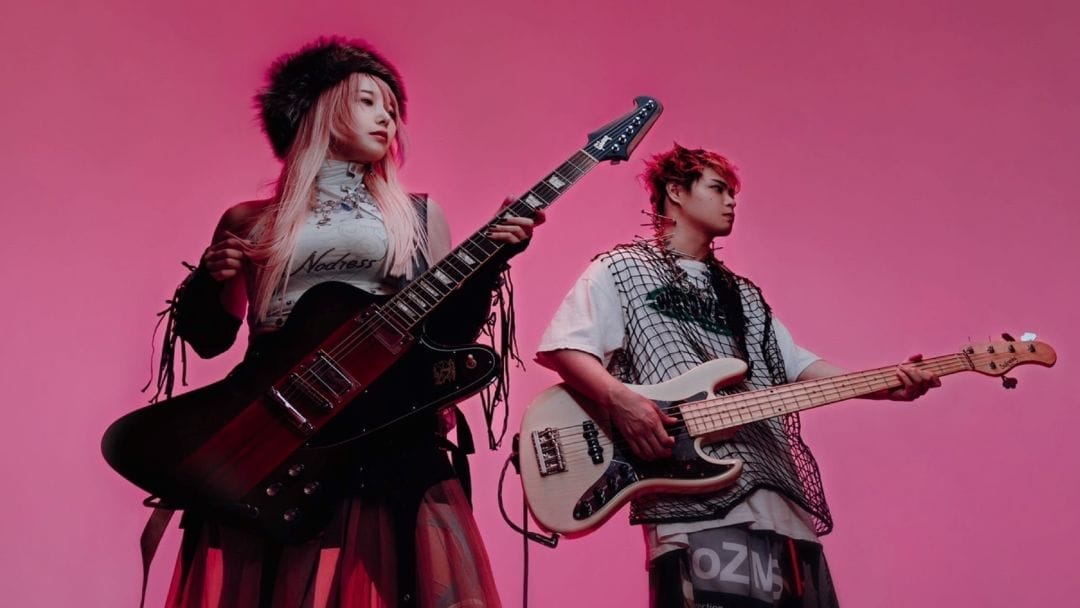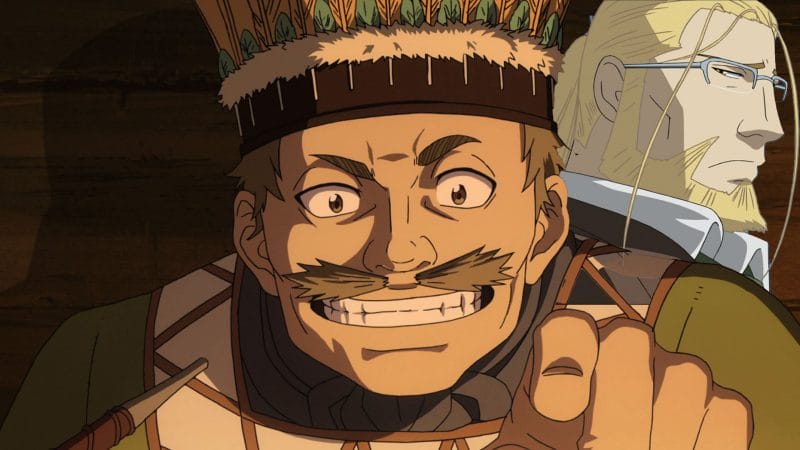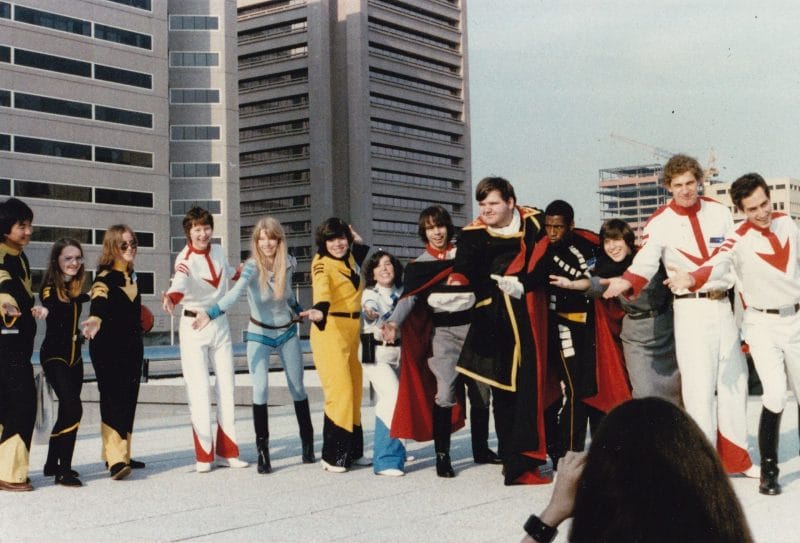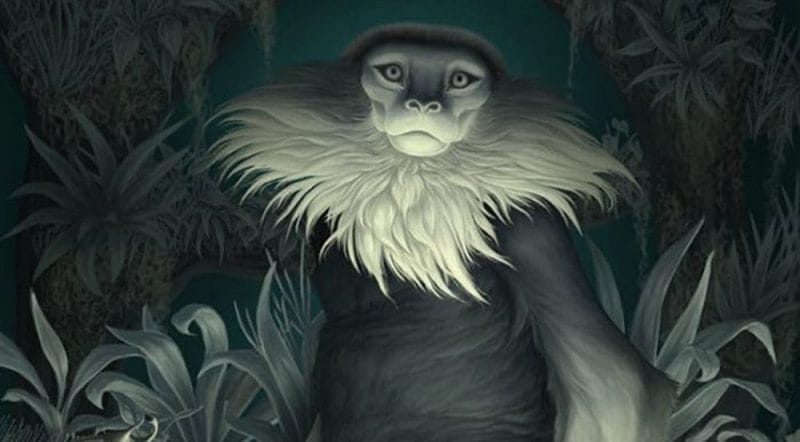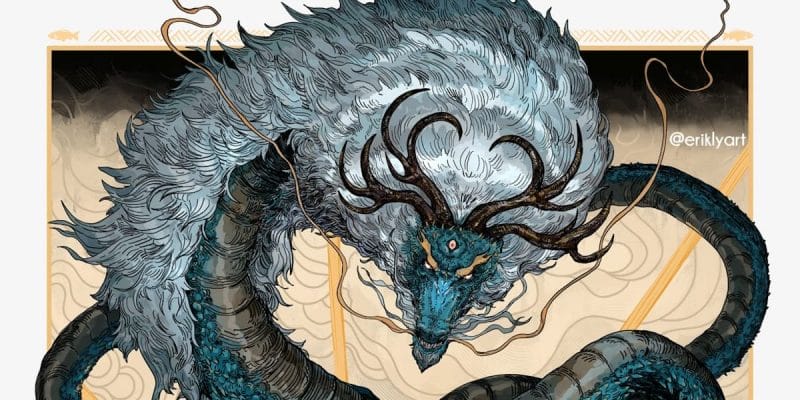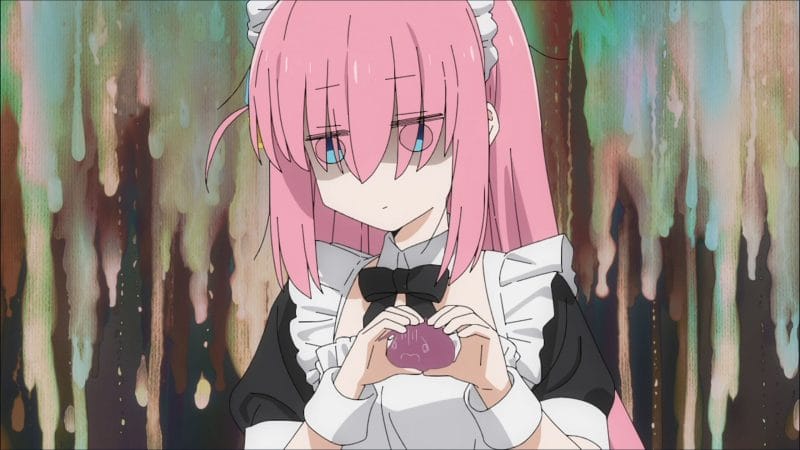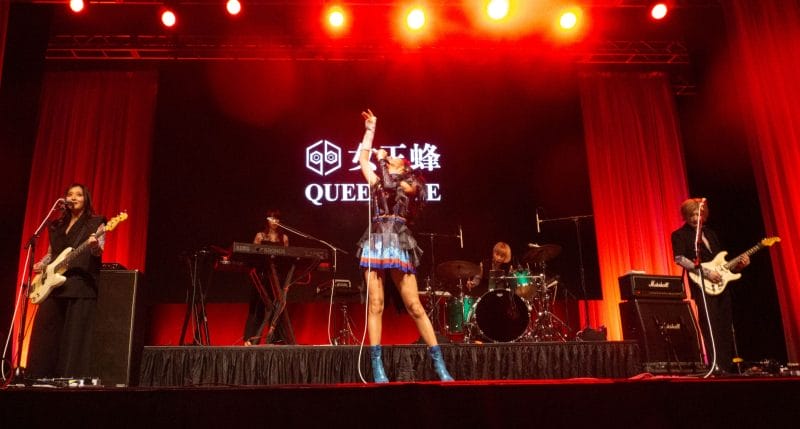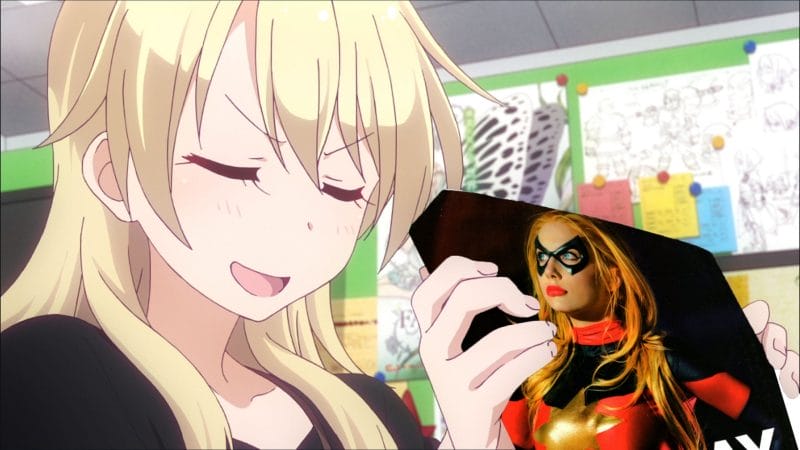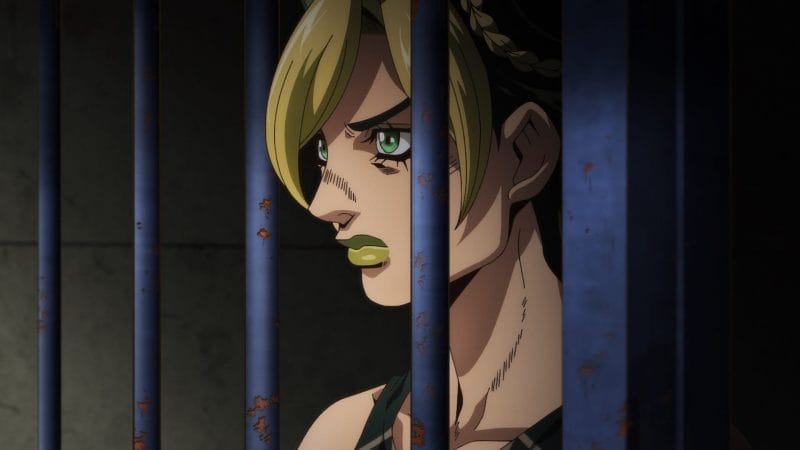Interview With Cö shu Nie
Location: Anime NYC 2023
Interview Date: 11/17/2023
The Natural Aristrocrat: What was it like filming the music video “Burn The Fire?”
Miku Nakamura: We used real fire. We went to the studio in Tokyo that could produce the largest fire. It was very hot.
I didn’t want to make a fancy music video. I wanted quick transitions to pull the viewers into the video. I wanted a side story where people could express what they’ve been through in their life. We used plague doctor masks and gas masks to represent the story and the message of the song. If you think deeply about the masks, and what they mean…
Cö shu Nie: In the video, there’s a part where there is humming. We used a chair as a metaphor. It is our stage and our life. Society gives you the chair and tries to force you to sit in it. We’re going to make our own chair. There’s a nice chair we use in our concerts. We beat up an old chair that we were forced to sit in. We have a new chair in the fire that I (Miku) sit in.
“Burn The Fire” will be on our new album that we’re releasing in the fall. We wanted to share this story and message in this music video.
The Mary Sue: Can you tell us a little more about your backgrounds? How you got started with your instruments and as songwriters?
Shunsuke Matsumoto: My older brother played guitar. When I tried to play, the only chord I could play well was the F chord. Other chords were hard for me. When I tried the bass, it felt easy to me. It fit my style. Now I can play more advanced and intricate chords. (Laughs)
Miku Nakamura: I started playing the piano when I was three years old. I started the guitar in middle school. For personal reasons, I had to quit playing the piano in elementary school. For a while, I couldn’t do anything musically. In high school, I walked by a music store and I saw a Stratos guitar. I picked it up and played it. It wasn’t plugged in, so it sounded more like a shamisen than an electric guitar.
That inspired me to get back into playing music again. I started writing songs in my first year in high school. One of those songs, “Person,” was used for Cö shu Nie. In high school, I picked up the bass. That’s how I learned how to play instruments other than the piano or guitar.
Anime Herald: What was your inspiration for the music video “Undress Me?” Are you interested in noir?
Miku Nakamura: I like noir a lot. For example, I like Edogawa Ranpo. When we worked with the director, we took a lot of inspiration from mystery novels. Also, there was an actual murder that happened. We focused on the murder mystery aspect for the music video.
Nante Japan: In previous interviews, you’ve talked about your individualized process, of taking an idea in your head and turning it into a song. Can you give an example from a recent song and walk us through the process of turning a concept into a song?
Miku Nakamura: Every song is a different process. There is no set method. For example, the song “fujI” was originally used for a demo and then became a full song. Another song started from a guitar riff. Some songs start with the rhythm, or a melody, or a theme. Some start with a skeleton where we have a chord, and then we’ll add a melody, and then a theme.
For our recent songs, we thought about what kind of sound we wanted to create. We tend to focus on the overall sound and the message of the song. Recent examples would be “No Future” and “Burn the Fire.”
The Natural Aristrocrat: What songs do you find most difficult to play live?
Miku Nakamura: As a rock band, we need to get people psyched up. “No Future” makes me a little nervous. It’s more chill and calm compared to our other songs. It’s a bit difficult in that aspect.
Shunsuke Matsumoto: “Lamp” is tricky due to how technically difficult it is to play.
The Mary Sue: Your music draws from a lot of different musical styles. What albums influenced you when you first began and what music are you excited about now?
Miku Nakamura: One in particular, “Dancer in the Dark” by Björk. There’s some machine sounds that turn into music. I get this question a lot. For me, everything can influence me. Daily life. The food I eat, when I walk on crunchy leaves or gravel. When the wind blows in my ears. Nature sounds really inspire me. I try to incorporate that into my music. Nature isn’t instruments, but it produces different sounds. It’s a lot of inspiration for my music.
Shunsuke Matsumoto: For myself, a lot of Disney movies. Beauty and the Beast and Aladdin inspired me. Shifting gears, for punk, Rancid’s “…And Out Come the Wolves.” That album was inspirational for me. There’s a range.
Miku Nakamura: For classical music, Claude Debussy. Coming from a classical music background, the songs I played when I was practicing had a lot of impact on me as well.
Before, we wrote a lot of songs based on the melody. Now, we focus on the rhythm or the beat. I’m listening to a lot of songs with a strong beat.

Nante Japan: Can you give us some examples?
Miku Nakamura: Some hyperpop. We’d like to write some songs with a dance beat. I’ve been listening to the Gorillaz and Bon Iver.
Anime Herald: Going back to another music video, what was your inspiration for “asphyxia?”
Miku Nakamura: That was our major debut song. We wanted to show our band performing. That was heavily emphasized. We worked with a florist and used a lot of flowers. Some of them were pressed as a metaphor for asphyxia.
Nante Japan: You’ve been able to work with several anime over a number of seasons. How does working with an anime affect your songwriting process? Does growing with an anime over time change how you make music for future seasons?
Miku Nakamura: Of course, we make it for the anime, but we also want to emphasize that it’s a Cö shu Nie song. We get a lot of ending theme song requests. We try to put in our life experiences. Of course, we read the manga and watch the anime. We want to know what their message is and express that.
When you get into an anime or manga, you fall in love with a character and their characteristics. We try to pull that from the titles and put that into the music as well.
The Natural Aristocrat: What’s been your favorite part of coming to New York City?
Shunsuke Matsumoto: We went to Times Square. It was like what I had seen in movies. I went at night. It was like daytime, it was so bright! There’s a lot of stuff I recalled from movies. Being there was really exciting for me. I kind of looked for Spider-Man swinging around. The buildings look like they’re easy to climb.
Miku Nakamura: We got yelled at at the pizza place. We didn’t know how to order. They were like, “Wake up and order!”
Anime Herald: Welcome to New York.
Cö shu Nie: (Laughs)
Miku Nakamura: I was surprised at how large the Coca-Cola sizes were. Even the traffic lights were exciting to see. It’s my first time in New York.
The Mary Sue: I’m curious about “Give it Back.” What inspired you to write such a patient, delicate ballad for such a high-octane anime (Jujutsu Kaisen)? Also, was the piano section improvised?
Miku Nakamura: The piano part was planned. The piano and the singing formed the skeleton of the song.
For this song, the lyrics were the most important part. We slowed it down so they would come through. Also, for the anime, we need to have an 89-second version. Since it is an ending theme song, we were envisioning that after you watched Jujutsu Kaisen, we wanted to capture your heart.
The Mary Sue: Did you write the lyrics first?
Miku Nakamura: There were key words we wanted to incorporate. It was a simultaneous process.
Anime Herald: Favorite anime or manga growing up?
Shunsuke Matsumoto: There are so many! Naruto. Dragon Ball. One Piece. Also, we’ve been reading the manga for all the shows we work on. They are extra special to us.
Miku Nakamura: Nayamashiki Bokura no Nichijou. Soredemo Machi wa Mawatteiru (And Yet the Town Moves). Mugen no Ryvius (Infinite Ryvius). Takoyaki Mant-Man.
Special thanks to Crunchyroll and Cö shu Nie for making this interview possible.


